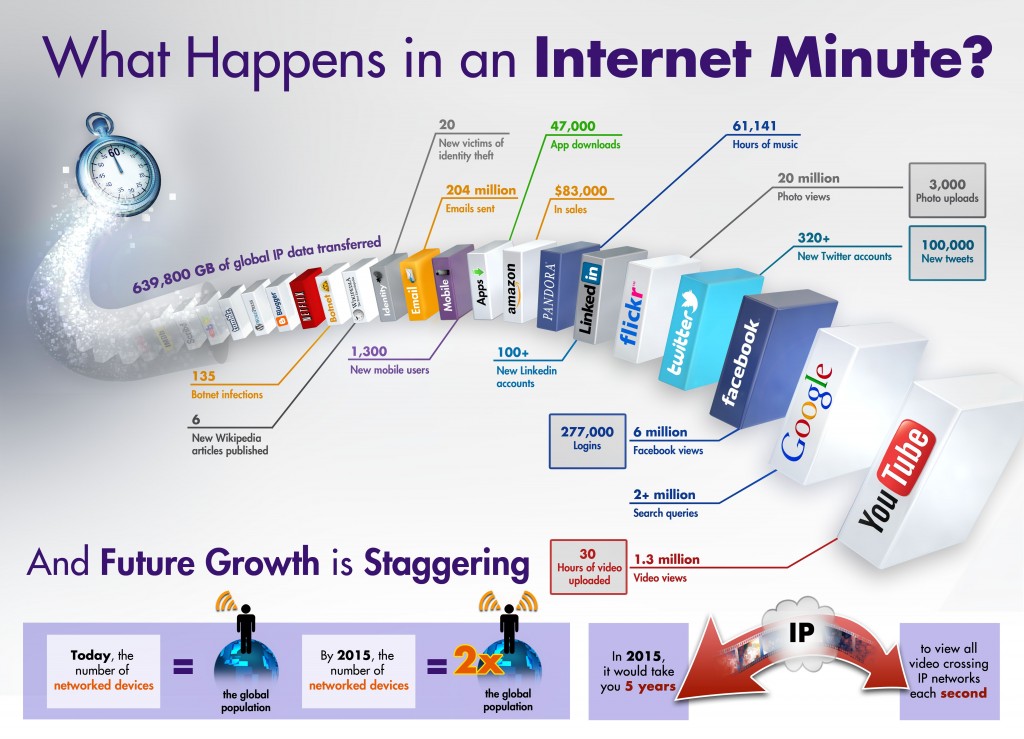There have been a lot of stories lately about government attempts to increasingly lock down data rather than letting it open up—in Canada, Bill C-11 granted users a host of new rights and then negated them all with its digital locks provisions; in the U.S., the president himself had to weigh in on the issue of cell phone unlocking before an overly restrictive bill got fixed. Lost in all the ‘content must be protected!’ rhetoric is the tiny detail that sometimes data aggregation can be a good thing. Two stories crossed my inbox this morning which are highlighted how.
Case Study 1: Using Google Earth to Monitor Climate Change
Google has been photographing streets, landmarks and countrysides for years as part of its Google Earth project. But it turns out they aren’t just making maps here; they’ve been archiving images from both their own service and from LANDSAT, a joint project between the USGS and NASA which has been collecting satellite images since the 1970s.They’ve just announced a new timelapse feature that allows users to view an area of the map as a timelapse movie, showing how it changed over time.
As their blog explains:
“Much like the iconic image of Earth from the Apollo 17 mission—which had a profound effect on many of us—this time-lapse map is not only fascinating to explore, but we also hope it can inform the global community’s thinking about how we live on our planet and the policies that will guide us in the future.”
Case Study 2: Using Aggregated Health Data to Help Women Conceive
Ki Mae Haussner over at GigaOM highlights a new app called Ovuline, which aggregates user data to help women more accurately predict their fertile days. Users can also wear tracking devices like Fitbit, which can send info to the app automatically to ensure that no useful data will be missed.As the article explains:
“Like plenty of other fertility-tracking apps on the market, Ovuline starts by helping women track their health indicators. But it analyzes an individual user’s data within the greater universe of its entire database and clinical guidelines to identify meaningful correlations and advise her when she’s approaching ovulation. According to the company, its service can help women get pregnant three times faster than the national average (which is four to six months).
To me, this is a great use of data aggregation. Shutting down useful projects like these in the name of monetizing every data bit to one creator is, I think, missing the point of what technology can accomplish. Sure, the Beloved is fond of pointing out to me that for every person like me, who uses the Internet to download Shakespeare off of Project Gutenberg, there are probably a million others who download less noble things. But I can live with the existence of the porn sites if it means we get Facetime and Skype to keep the bonds strong with far-flung loved ones. And I can live with a tiny few having a tiny bit less profit if ‘protection’ laws get opened up, if it means some types of information might be more available for use in projects like these ones.


































Cool graphic!
It would have been nice to credit this graphic to the owner and originator – Intel.
http://www.intel.com/content/www/us/en/communications/internet-minute-infographic.html
Thanks Alexander! You’ll now find the link at the bottom of the post, or you can simply click on the image to be taken to its Intel home.